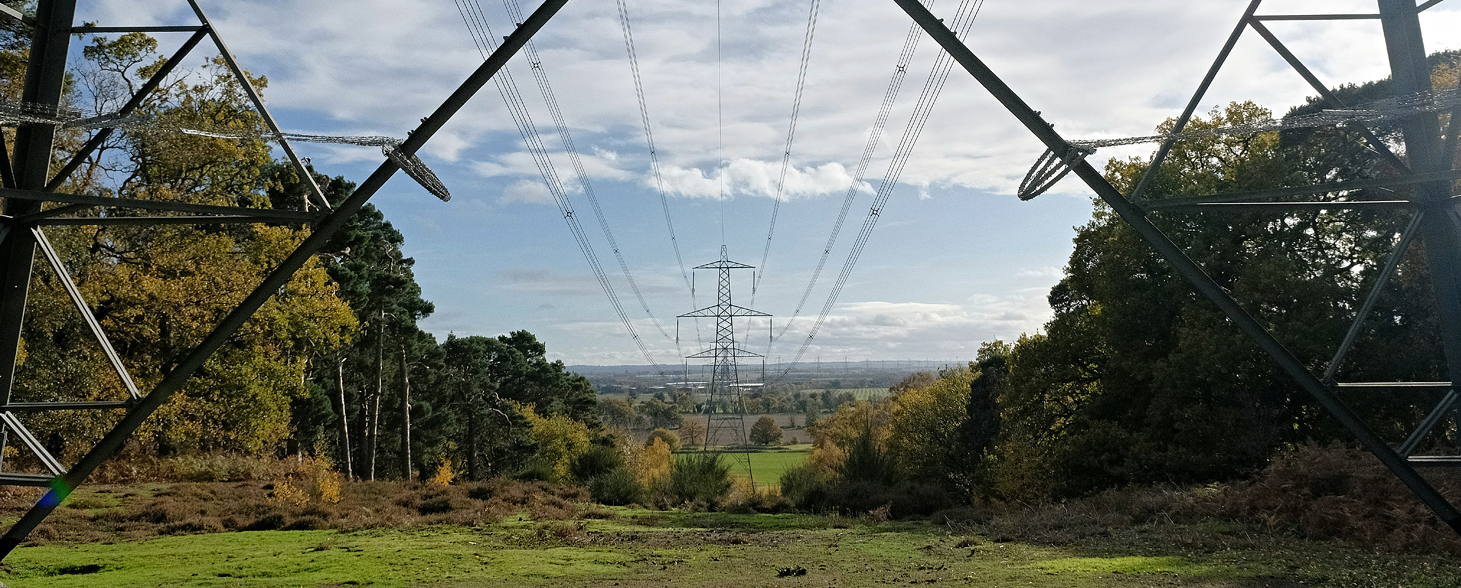At the Met Office, we work with partners across the UK to turn weather and climate science into practical decisions that keep people safe and operations running smoothly.
In this case study we look at our collaboration with Trackplot, a lone‑worker safety specialist, and how integrating Met Office data and warnings helps organisations plan work more effectively and respond quickly when conditions change.
Turning trusted data into actionable safety
Trackplot supports people who work alone in remote environments, places where connectivity can be unreliable and conditions can change quickly. By integrating our National Severe Weather Warning Service (NSWWS) and Met Office DataPoint into its monitoring platform, Trackplot can now display real‑time conditions at a worker’s precise location and trigger timely alerts when severe weather threatens.
Working with our Data Provisioning Team, Trackplot selected NSWWS to deliver weather warnings directly inside its system, while DataPoint provides at‑a‑glance observations to help managers and workers see what’s happening on the ground. Together, these services complement Trackplot’s environmental mapping, covering rain, temperature, wind, Fire Weather Index and active fires, to create a more complete picture of risk.
READ MORE: Met Office 10-day trend: A tale of two halves for September
Following the launch of our collaboration in March 2024, Trackplot introduced Personal Notifications that alert lone workers and managers, via SMS, email or automated voice, when someone enters a severe weather region. This proactive capability translates trusted data into immediate action, enabling teams to change plans, adjust routes or pause work before conditions deteriorate.
Designing services around real‑world risk
Outdoor lone workers face unique hazards because help may be far away and communications can be limited. By surfacing localised warnings and observations, we help organisations assess vulnerability in real time, for example, monitoring for hypothermia risk in cold, wet conditions or heat exhaustion during hot spells, and coordinate the right response.
Climate change makes this even more important. Met Office predictions for 2070 compared to 1990 indicate winters will be between 0.5 and 3.2°C warmer and up to 30% wetter, with rainfall intensity increasing by up to 25%. These shifting patterns elevate operational risk, especially for those working outdoors, and our services are evolving to help customers plan for a more volatile future.
Delivering impact across sectors
Partners tell us that better weather intelligence is changing how they schedule, supervise and safeguard work. In forestry, managers can plan timber‑clearing operations between storm fronts, reducing disruption and improving safety. For teams that drive long distances to isolated sites, hyperlocal warnings and conditions help them decide whether to proceed, re‑route or reschedule. And when a worker is caught in severe weather, the system empowers managers to triage swiftly and coordinate a rescue with clearer situational awareness.
READ MORE: Seeing the bigger picture: How satellite data shapes Met Office forecasts
These benefits add up: fewer weather‑related delays, more efficient deployment and, most importantly, safer outcomes for people in the field. The Trackplot platform has become an essential tool for organisations seeking to minimise disruption while maximising safety in the face of increasingly challenging weather.
Making access simple and future‑ready
Customers value not just the quality of our science, but the practicality of how we deliver it. Trackplot chose the Met Office as its provider because our datasets are readily accessible, our portfolio continues to expand to support future functionality, and our licensing, including the Open Government Licence (OGL) where applicable, offers flexibility for innovators building services at scale. They also recognised the assurance that comes from partnering with the UK’s national meteorological service.
Our approach is collaborative by design. We work closely with partners to understand their operational context and integrate the right data services, from warnings to observations. In this case, our teams focused on visual clarity and speed of interpretation so that managers can make at a glance decisions when it matters most.
Partnering with us
Whether you are safeguarding lone workers, planning field operations or managing critical infrastructure, we can help you build weather‑aware workflows that are dependable, easy to use and ready to grow with your needs. The Trackplot case study shows what’s possible when trusted data is delivered in the right way: targeted alerts, clearer situational awareness and decisions made with confidence, when it matters.
Visit our website to see more insights and information from our industry experts and customers.
Keep up to date with weather warnings, and you can find the latest forecast on our website, on YouTube, by following us on X and Facebook, as well as on our mobile app which is available for iPhone from the App store and for Android from the Google Play store.



